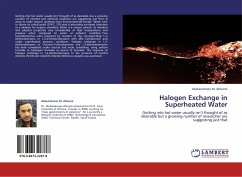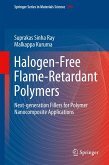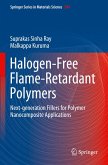Getting into hot water usually isn t thought of as desirable, but a growing number of chemist and chemical engineers are suggesting just that as away to make organic synthesis more environmentally benign. Water near or above its critical point (374°C, 218 atm) is attracting increased attention as a medium for organic chemistry. Water is a unique solvent; its chemical and physical properties vary considerably at high temperatures and pressure when compared to water at ambient condition. Two bromobenzenes were prepared by reaction of the corresponding 1,2-dichlorobenzene or 1,2,4-trichlorobenzene with 48% hydrobromic acid under superheated aqueous conditions. Halogen exchange in 1,2-dichlorobenzene to 1-bromo-2-chlorobenzene and 1,2-dibromobenzene has been completed under neutral and acidic conditions, using sodium bromide or hydrogen bromide as source of bromide. The response of halogen exchange in 1,2-dichlorobenzene to the presence of iron(III) chloride (FeCl3) and nickel(II) chloride (NiCl2) as catalysts was examined.
Bitte wählen Sie Ihr Anliegen aus.
Rechnungen
Retourenschein anfordern
Bestellstatus
Storno








